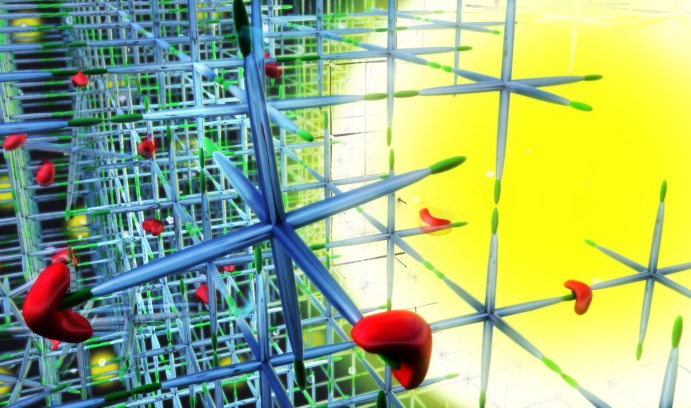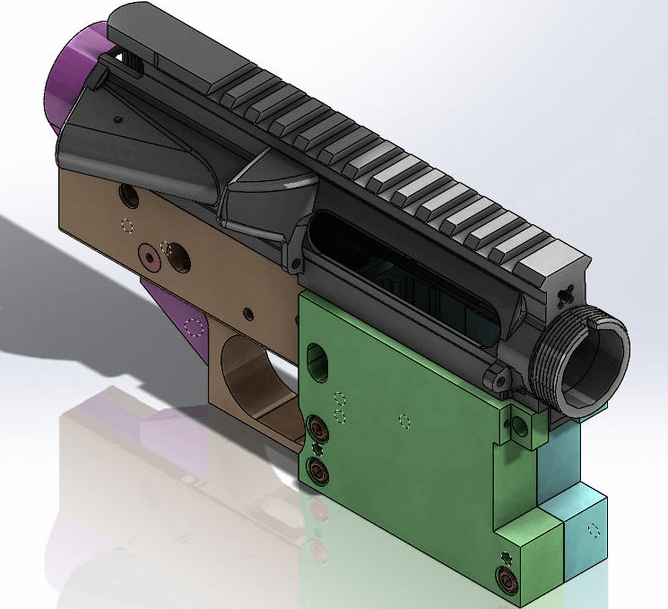Scientists have been trying for quite some time now to devise a way to engineer cells so that they self-renew or expand themselves when repairs are needed. The main problem they have been having is that scientists have an incomplete picture of how cells interact with the environment. But, it’s this information that is critical to advancing biomaterial design that would be used in tissue engineering, wound healing, and cell expansion.
Kelly Shultz, P.C. Rossin assistant professor pf chemical and biomolecular engineering at Lehigh University’s P.C. Rossin College of Engineering and Applied Science has just received a three-year grant from the National Institutes if Health Grant (NIH) that will allow her to study how stem cells act within their environment. Shultz will use the grant to continue with her existing work in this area.
As part of the ongoing research, Shultz, and her team observed that while the stem cells moved through a hydrogel, they would pause between points before carrying on. This was seen to be caused by an inhibitor that temporarily stops enzymes from degrading the material before it gets to its next point. The next move for the team now is to work out which particular inhibitor is responsible for this so that it can be turned off during secretion so the cell can move and degrade the material at a much faster rate.
This would be a fantastic breakthrough for the healthcare industry if scientists can pinpoint the inhibitor and devise a way to stop it as cells would get to the wound quicker, and regeneration could start sooner. Shultz said that her goal is to prevent the cell from stalling, to get it to arrive at the wound site at twice the speed. The team will also carry out extensive research using different materials to see if the inhibitors act differently. Hopefully, the results from these studies will contribute to a better understanding of cell-material interactions and how they can be manipulated to enhance tissue regeneration.
More News To Read











